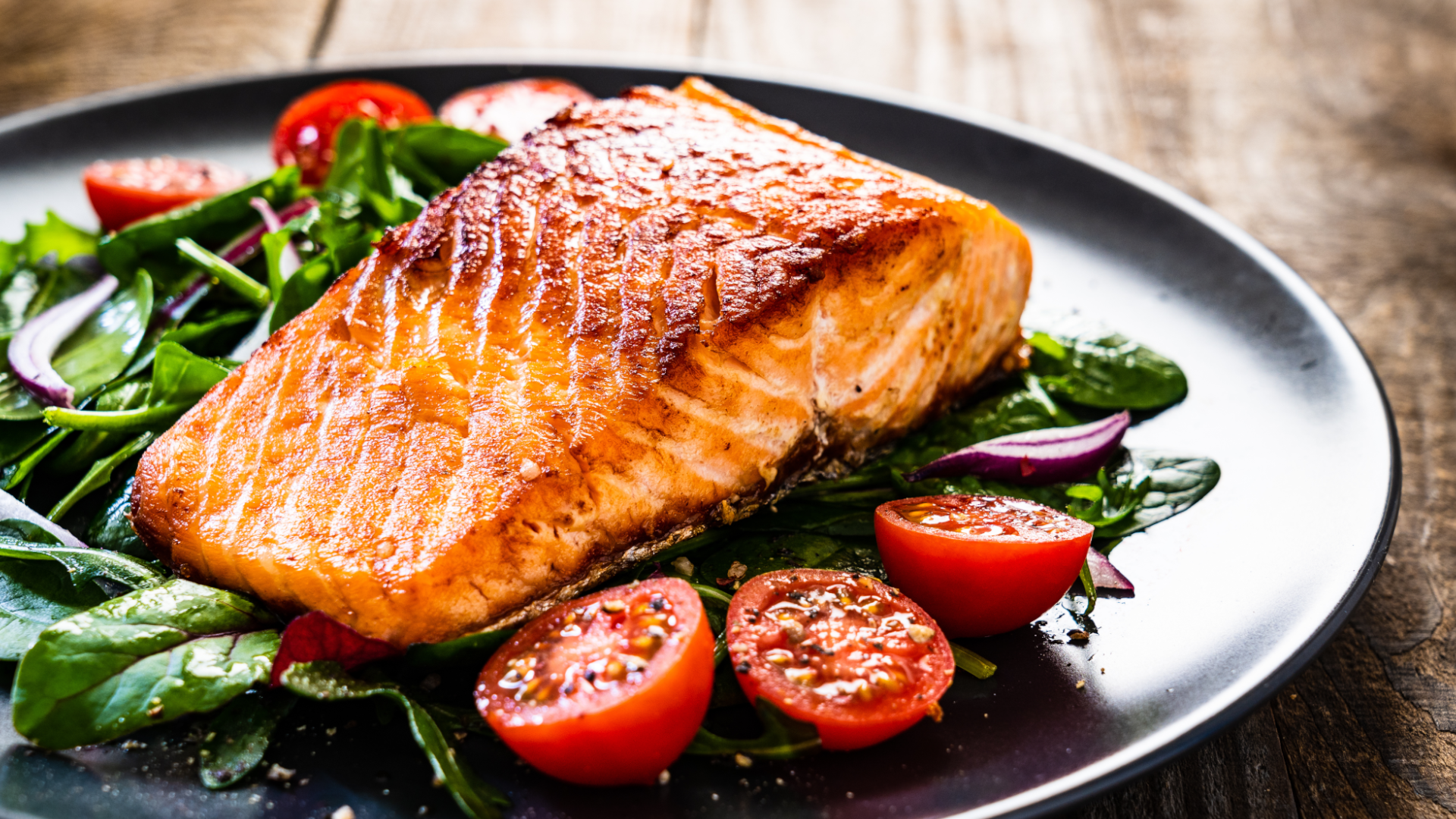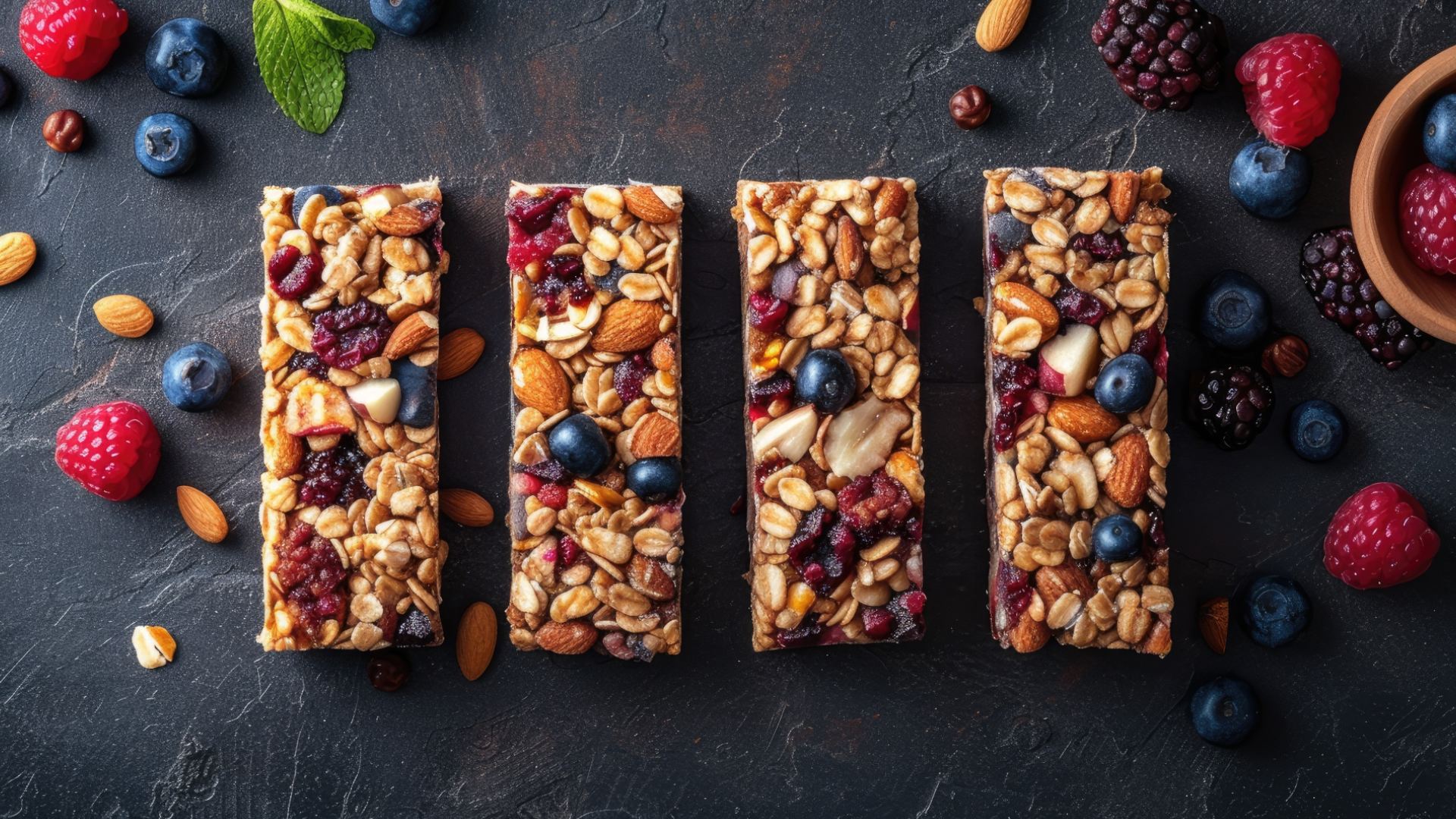Get straight to the point |
We all hit a point in our life when we need to change. When our body no longer burns through takeaways without a second thought and looking lean takes a few more hours in the gym.
Most of us will initially tackle this problem by picking up a dumbbell, and at first, a new workout regime will provide quick wins.
As time goes by, however, your progress plateaus.
That’s when you know it’s time to look at your diet and increase your protein intake. The real challenge is doing this without increasing your calorie intake to ensure you maintain or continue to lose weight.
But how do you do this?
Let’s look at the best way to increase your protein intake so you consume sufficient amounts to keep your body healthy (and build muscle).
What is protein?
Protein is a macronutrient, sometimes called a ‘macro,’ a type of nutrition found in food.
The other two macronutrient categories are fats and carbohydrates. We need a mix of all three to give us enough calories to go about our day-to-day and to exercise.

Most foods provide a mixture of protein, carbohydrates and fats. You may often hear that chicken is an excellent source of protein, with around 53g per breast, but it also contains 6g of fat.
Protein is the most challenging macro to get within our diets, as protein-rich foods are usually more expensive and aren’t as fun to eat.
Sadly, it is the high-fat and high-sugar foods that normally ignite our cravings.
Why is protein necessary in the diet?
If your goal is to reduce body fat, increase muscle mass and/or improve the results you get when you go to the gym, you must be hitting your protein macronutrient daily targets.
But why?
- Protein is one of our body’s fundamental building blocks; it contains the essential amino acids required for good skin, organ, muscle, cartilage and bone health.
- Protein is the key ingredient required to build muscle and support muscle recovery after exercise.
- Those with higher protein levels in our diet reduce age-related muscle loss and declining bone density.
- Foods high in protein are more filling, making it easier to eat fewer calories and sustain weight loss.
- A higher protein-to-carbohydrate ratio within your diet will reduce spikes and sharp declines in blood sugar. This decreases cravings and gives you even energy levels throughout your day.
- There are many other health benefits, including increased metabolic rate, reduced blood pressure and improved digestion.
Basically, it’s essential that you are getting enough protein, and you can go about this in a few different ways (more on that later).
What should your daily protein intake be?
There are a few different ways to calculate this…
Health professionals recommended that 10-35% of your calories should come from protein. If you are following an exercise regime and looking to build muscle, aim toward the upper end of this guide.
A more accurate way to look at this is grams per kilogram of body weight. The bare minimum for a sedentary adult should be 0.8 grams of protein per kilogram of body weight per day.
Although realistically, if preventing muscle loss is a priority (which it should be as you age), this will be higher.
|
If you are building muscle, you should get around 2g grams of protein per kilo for at least the first 12 weeks. You can drop this down to around 1.8g of protein per kg. |
After reading this, you have most likely fired up your calculator app to figure out your grams per day goal, and perhaps you are figuring out how much protein you are currently getting each day.
This means a male weight 80kg will need to consume around 160g of protein per day to build muscle and stay lean. To put this into perspective, that would be approximately 12 eggs or five chicken breasts.
Falling well short?
Don’t worry! It’s common to under-consume protein, but we can guide you to success.
How can I introduce more protein into my diet?
Your diet is the first place you should look when trying to increase your protein intake. A good rule is to ensure every meal contains a protein source - this will increase your protein intake and satiate you more (meaning unplanned snacks are less likely).
Here are some more foods that are high in protein;
- red meats
- chicken
- eggs
- almonds
- beans
- lentils
- potatoes
- fish & seafood
- milk
- cottage cheese,
- tofu.

Another way is through ‘snack swaps’ - if your daily snacks are things like sugary cereal bars, crips, crisp bread or biscuits, swap these for nuts, greek yogurt, beef jerky, cheese blocks (just not too many!), natural peanut butter with apple or celery, protein bars, trail mix or Edamame beans.
This list is a helpful start, but hundreds of delicious high-protein foods are out there, so look around for those that suit your taste.
Will improving my diet be enough to increase protein intake?
Now that you have added some of these foods into your diet, the calculator is back out, and you are seeing how you fare after your breakfast of eggs and chicken salad lunch.
Still, struggling to hit your protein target?
Yeah, us too!
Getting enough protein through food and drink isn’t easy, even if you aren’t concerned with muscle growth. And, if you want to increase your muscle mass and create a leaner physique, you may need to consume more protein than you can feel you can eat in your post-workout meal.
If you are trying to lose fat alongside building muscle, you will also need to limit your calorie intake, so eating an extra chicken breast every day may hinder your progress.
So, what is the solution?
You need a source of protein that is low in calories, easy to make and easy to digest.
This is where protein powders come in….
Protein powder can be added to your daily routine in several ways. The easiest way is to shake it up with water or milk (just make sure to account for those extra calories if using milk). It can be added to greek yogurt, porridge, cereal, pancakes, smoothies, and baking. The internet is full of recipes that use protein powder, which is great for those who don’t love the taste of protein shakes.
- Related content: What is whey protein (and do you need to take it)?
The best way to increase your protein intake…
There are plenty of ways to achieve a high-protein diet, and we recommend you try out various protein sources described in this blog.
Of course, if you’ve ever calculated your nutrients, you will know that even after a day of eating chicken, red meat and eggs, you can still be short on your protein macro goal.
A simple solution? Whey protein shakes.
On the flip side, we don’t recommend having your protein shake in the morning and then sticking to carbs for the rest of the day. You won’t reach your target with this method either.
The best solution involves adding at least one source of protein to every meal and complementing this with a high-quality protein shake. This is the best way to improve your overall health and help you smash through that deadlift personal best.
If you fancy trying out our tri-protein shake that slowly releases protein over time, allowing you to reach your calorie goals and stay full for longer then check it out here.




